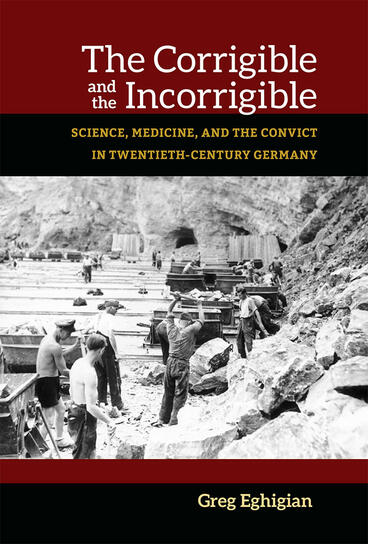The Corrigible and the Incorrigible
Science, Medicine, and the Convict in Twentieth-Century Germany
Explores how the social sciences and clinical medicine contributed to the understanding and treatment of offenders in three disparate political regimes
Description
The Corrigible and the Incorrigible explores the surprising history of efforts aimed at rehabilitating convicts in 20th-century Germany, efforts founded not out of an unbridled optimism about the capacity of people to change, but arising from a chronic anxiety about the potential threats posed by others. Since the 1970s, criminal justice systems on both sides of the Atlantic have increasingly emphasized security, surveillance, and atonement, an approach that contrasts with earlier efforts aimed at scientifically understanding, therapeutically correcting, and socially reintegrating convicts. And while a distinction is often drawn between American and European ways of punishment, the contrast reinforces the longstanding impression that modern punishment has played out as a choice between punitive retribution and correctional rehabilitation. Focusing on developments in Nazi, East, and West Germany, The Corrigible and the Incorrigible shows that rehabilitation was considered an extension of, rather than a counterweight to, the hardline emphasis on punishment and security by providing the means to divide those incarcerated into those capable of reform and the irredeemable.
Greg Eghigian is Associate Professor of Modern History, Penn State University.
Reviews
Winner: DAAD/German Studies Association (GSA) 2017 Book Prize.
"Impeccably researched, fluidly written, beautifully crafted, and measured in tone... It is an exemplary piece of scholarship that makes an original contribution to German historiography and speaks beyond the German context to interrogate the ways that criminality and the human capacity for improvement have been – and continue to be – understood and addressed in the broader North Atlantic world of the 20th and 21st centuries."
- DAAD/GSA Book Prize
--DAAD Prize committee
News, Reviews, Interviews
Listen: Greg Eghigian interviewed for New Books in German Studies (Link) | 9/9/2016

